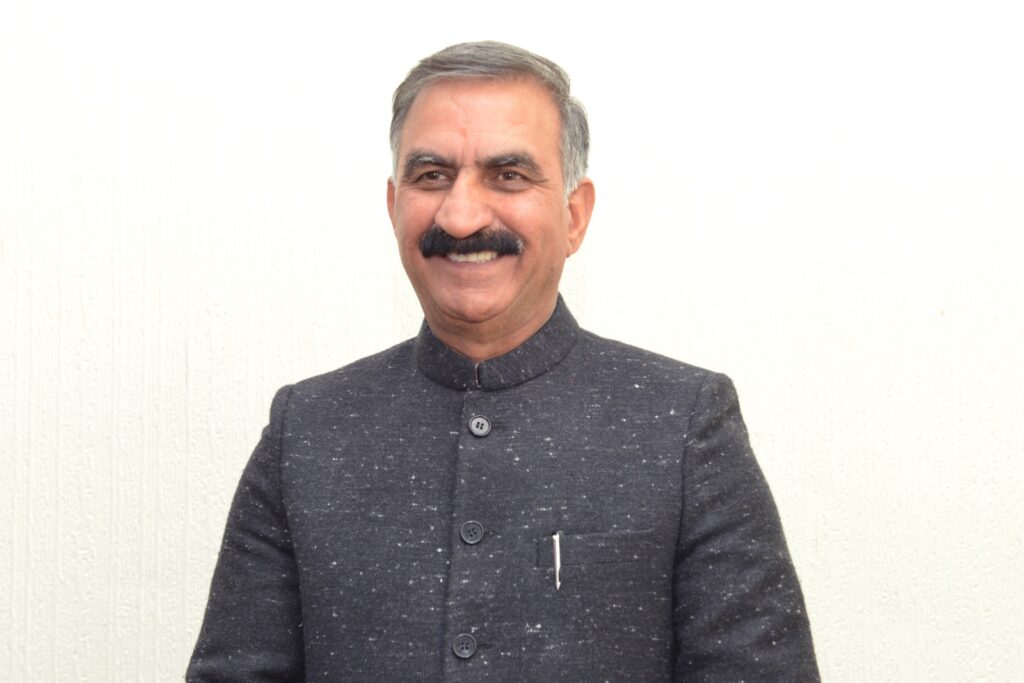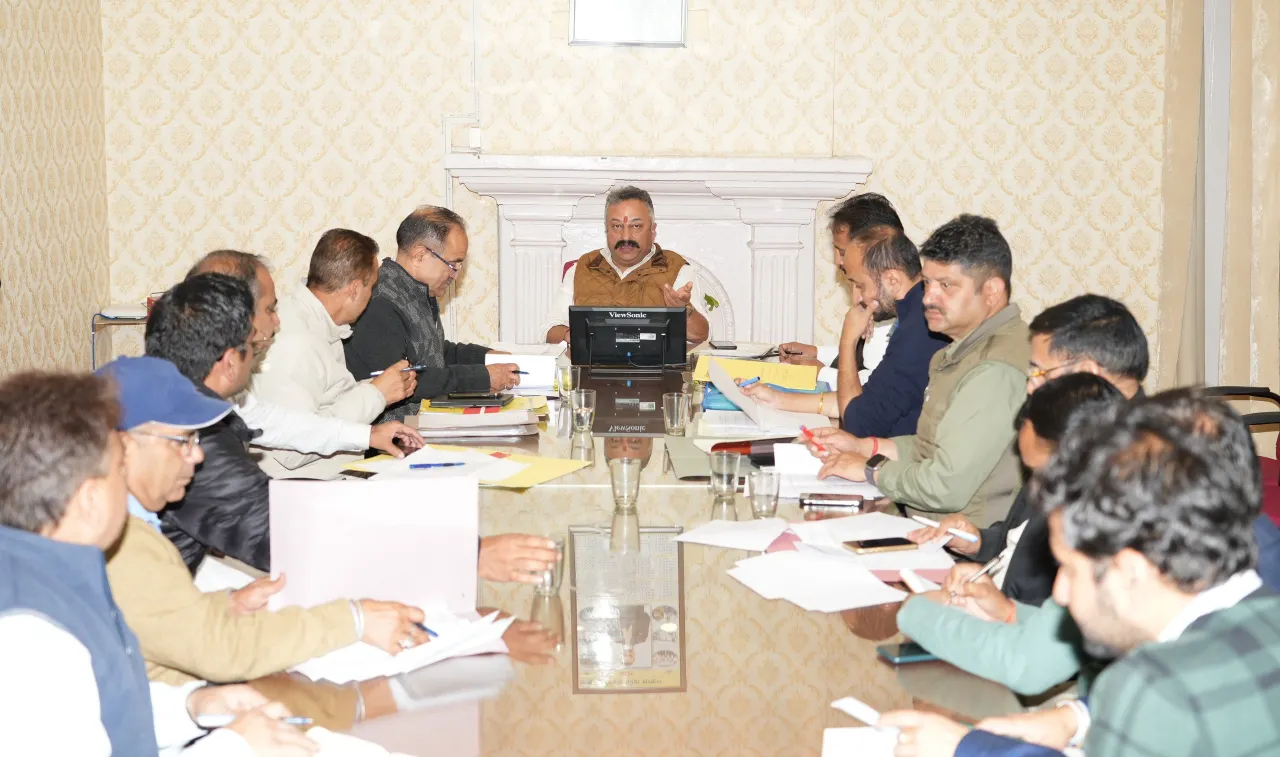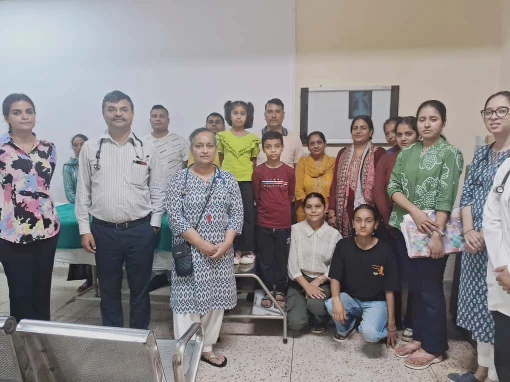State records significant growth in forest cover: CM
2 min read
SHIMLA 6th October, 2025
It’s a testament to effective governance and community participation
Himachal Pradesh has reaffirmed its role as one of India’s greenest and environmentally progressive states, registering a major increase in both forest and tree cover over the past two decades, stated Chief Minister Thakur Sukhvinder Singh Sukhu. According to the bi-annual assessments by the Forest Survey of India (FSI), the state’s total forest cover has grown by 1,227.35 sq. km, rising from 14,353 sq. km in 2003 to 15,580.4 sq. km in 2023. This marks an increase from 25.73 to 28 percent of the state’s total geographical area, as of date.
Similarly, the tree cover of Himachal Pradesh has expanded by 364.07 sq. km, from 491 sq. km in 2003 to 855.07 sq. km in 2023, reflecting growth from 0.88% to 1.53% of the total geographical area.
The said that this consistent upward trend underscores the success of the Government of Himachal Pradesh’s sustained efforts in afforestation, ecological restoration, and participatory forestry management.
The state’s achievement stems from the effective implementation of large-scale plantation drives, adoption of community-based management schemes, and the active participation of local communities, self-help groups, and forest cooperatives in conservation activities, remarked the Chief Minister. Local participation with Mahila Mandals, Yuvak Mandals, Self Help Groups and other registered community-based organizations has contributed immensely towards the afforestation drives thereby leading to the increase in forest cover. Each organization is to be assigned up to five hectares of blank or degraded forest land and will receive up to Rs. 1.20 lakh per hectare or proportionate amount as per the land parcel. For areas smaller than one hectare, funds will be released proportionately. Additionally, a performance-based incentive of Rs. 1.20 lakh per hectare will be provided based on verified survival rate of planted saplings to the village participatory communities.
He said that the government’s emphasis on native species restoration, improved nursery practices, and watershed-based land management has further enhanced vegetation density and biodiversity across the state’s diverse ecological zones.
Innovative programs under Joint Forest Management (JFM) and new Participatory Forest Restoration Schemes have encouraged people’s ownership of forest resources, ensuring both livelihood benefits and ecological security.
These forests forms vital watersheds feeding the major northern river systems, sustain agricultural productivity, regulate local climates, and support diverse cultural and spiritual traditions linked to nature.
Chief Minister Thakur Sukhvinder Singh Sukhu stated that Himachal Pradesh’s progress demonstrates how policy commitment, scientific forest management, and people’s participation can jointly deliver ecological resilience and economic benefits. The state’s evolving focus on climate-resilient ecosystems, integrated landscape management, and biodiversity conservation continues to align with India’s national commitments under the Paris agreement and the Green India Mission, he said.





